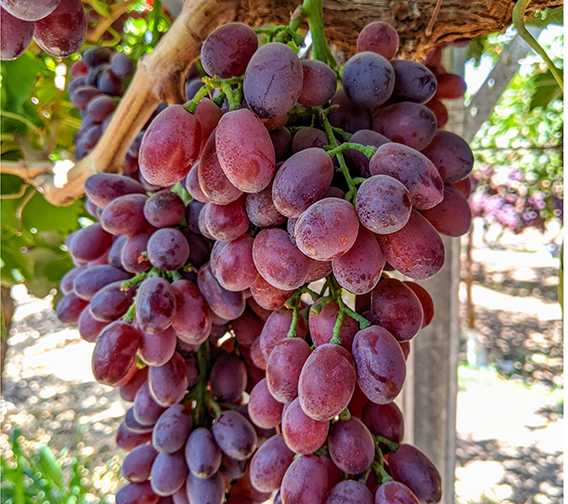Boosting Tomatoes

There’s much to do in the aftermath of the misdirected Salmonella outbreak investigation.
Nationwide, the industry has called on the U.S. Food and Drug Administration to assemble a task force to identify how the FDA and Centers for Disease Control and Prevention can improve their investigative process. A bill is before Congress to provide $100 million in compensation to growers and first handlers harmed by FDA’s consumer advisory to avoid tomatoes. And, perhaps most important, there’s the rebuilding of consumer confidence.
Lingering Doubts
Besides the immediate impact on the industry of the FDA’s advice to Americans to stop eating certain kinds of fresh tomatoes, there’s the residual effect and lingering doubt in consumers’ minds. Chalk part of that up to muddled communication from FDA and confusing media coverage.
Consumer research conducted in mid-June showed that 23% of respondents said they bought fresh tomatoes an average of once a week or more. Even after FDA announced that tomatoes from certain growing regions were safe, 8% said they would never buy fresh tomatoes again. Twenty percent said they would wait a few months, and 3% said it would be at least a year.
That kind of response casts a pall on the 2008-2009 season, prompting the Florida Tomato Committee to launch a $1.2 million marketing campaign to showcase the nutrition benefits and safety of Florida’s fresh-grown tomatoes.
Road Show
The campaign’s centerpiece is the Florida Tomato Culinary Art Tour. Part art contest and part “mini tomato festival,” the campaign will kick off Nov. 14 and run through Dec. 19. What’s different about this effort is its regional rather than national focus, and its approach in directly inviting consumer participation.
Fifteen winners, one from each of the markets targeted by the campaign, will be selected in the art contest. Each winner will receive $1,000 and qualify to win the $2,000 grand prize. The winning artwork will be auctioned to benefit the Produce for Better Health Foundation. A van decorated with the winning artwork will make a stop in each of the cities, visiting supermarkets, farmers markets, malls, and other sites. At each stop, local celebrity chefs and art contest winners will show off their talents and involve consumers with recipe tastings and other activities. The campaign’s creators are counting on positive media coverage of the events to reinforce their message that consumers can have every confidence in the health benefits and safety of fresh Florida tomatoes.
Target media markets include Portland (Maine), Boston, Albany, New York, Philadelphia, Baltimore, Richmond, Raleigh, Charlotte, Greenville, Atlanta, Jacksonville, Orlando, and Tampa. Last stop on the tour is Miami. For more information, visit www.floridatomatoart.com.
Aggressive Advertising
The campaign’s second component is an aggressive print and radio advertising program in those same 15 markets. Print ads will run in Parade magazine, which boasts an intensely loyal readership, in 62 newspapers. The ads, which are simple but powerful, convey growers’ longstanding commitment and dedication to delivering quality, flavorful tomatoes from Florida. The ads also aim to connect the growers directly to consumers with the taglines “Fresh Florida tomatoes: from our family to yours,” and “What we do to put food on the table.” Almost 800 radio spots will be delivered to 6.2 million listeners. Supermarkets can take advantage of a free 20-second tag at the end of the spots in each market.
“The Florida tomato industry is made up of good people who care about what they feed their own families,” said Samantha Winters, the Florida Tomato Committee’s director of education and promotion. “Our growers understand the importance of trust and what that means to the consumer who is making difficult decisions in today’s marketplace and challenged economy. We want to make sure our customers know that we aren’t going to violate their trust. It is a major reality of our industry and it is the message we are getting out to our consumers this year through print, radio, and in the neighborhoods.”










